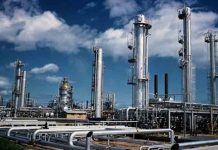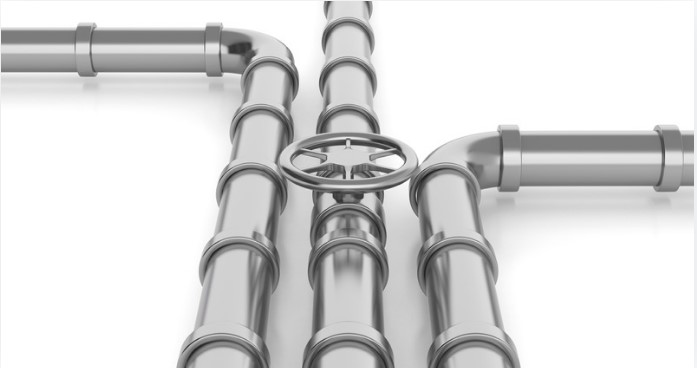Exploration and Production (E&P) companies in Pakistan have suffered losses exceeding Rs50 billion over the 2021-2024 period due to reduced gas outflows imposed by gas transmission companies to manage line pack pressure in the national gas transmission system.
According to a report published by The News, citing senior Energy Ministry officials, leading E&P firms, including OGDCL, Mari Petroleum, PPL, and MOL, have repeatedly warned authorities that curbing gas flows from wells to protect the gas transmission network could lead to irreparable damage.
Wells nearing depletion are particularly vulnerable, as reduced flows could permanently impair their output, requiring costly investments in artificial lift methods to restart production. Data indicates that several wells have already sustained damage from such practices, resulting in significant financial losses.
Since November 13, 2024, Sui Northern Gas Pipelines Limited (SNGPL) has reduced gas outflows by 285 mmcfd, further endangering gas fields. Latest data shows reductions of 90 mmcfd from PPL’s Sui field, 22 mmcfd from OGDCL’s Qadirpur field, 48 mmcfd from Mari Petroleum’s HRL/Ghazij field, and several other fields experiencing similar cutbacks.
The country’s main gas pipeline system is now functioning as a storage facility rather than a transport and distribution network due to plummeting gas consumption, particularly in the power sector.
SNGPL reports that power plants are consuming less regasified liquefied natural gas (RLNG) than allocated, leading to high system pressure. Despite mitigation efforts, the situation persists, with the power sector utilizing only 174 mmcf of RLNG for electricity generation.
The government has already deferred five LNG cargoes slated for 2025 to the following year, in response to reduced demand. While Pakistan imports 10 LNG cargoes monthly, power plants often underutilise the supply. Power Division officials attribute this to cost-saving measures, as RLNG-based electricity generation costs Rs26 per unit, significantly higher than power generated from local gas, coal, nuclear, or hydropower plants.
In November 2024, electricity demand has dropped, driven by cooler weather reducing air-conditioning use, particularly in Punjab, KP, and northern regions. As of November 24, the national line pack stood at 5.159 bcf, slightly lower than the 5.174 bcf recorded the previous day. Indigenous gas input into the system was 481 mmcf, while RLNG input totaled 699 mmcf, with Sui Southern retaining 64 mmcf for its network.
E&P companies are calling for immediate action to address these issues, cautioning that continued reductions in gas outflows could lead to long-term damage to Pakistan’s energy infrastructure.























